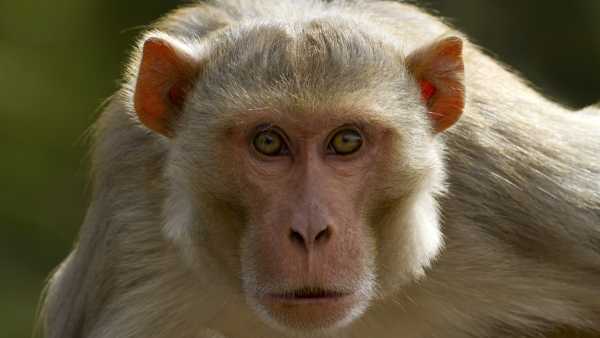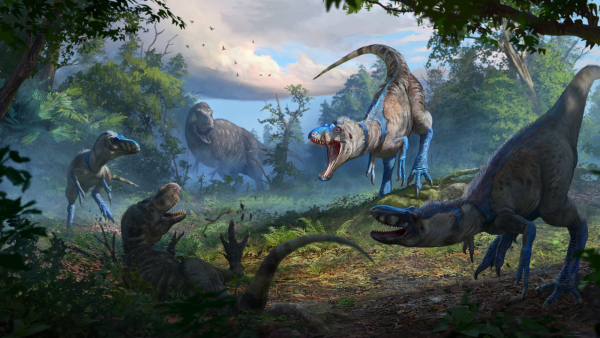
We are sure that our pets are offended, we ask them for forgiveness and try to make up for the offense with caresses and “treats.” What is really happening? Let's try to figure it out.
“We went on vacation and asked a neighbor to look after the cat. When we entered the house, he pretended not to know us at all. He sat down to the side and turned away. Apparently, he decided that he had been betrayed and was offended.”
“Yesterday I pushed the dog out of bed because it was struggling and pushing. And in the morning it curled up on its mattress, lying with an offended face, refusing to eat and not wanting to play.”
People tend to humanize everything in the world, that is, to attribute to animate and inanimate objects the qualities inherent in themselves. This is the source of myths about the joy of motherhood for cats (although not even all women experience this same joy). And about the feeling of gratitude of an animal taken from a shelter, a cat's “revenge” in a slipper, the guilty look of a dog that has gnawed things, and about the rest of what animals don't have, but we would like them to have.
But wait, when we look at a cat or a dog, we notice behavior that is very similar to ours! Isn't the cat offended when they punish them? He sits with his back to everyone all day, not wanting to communicate. Doesn't the dog feel guilty when his owner catches him eating the back of the sofa? He immediately spits out the remains of the “crime”, curls up like a snail, presses his ears, lowers his head and looks down.
What does the ability to be offended depend on?
In order to feel offended, guilty, take revenge, etc., one “thing” is needed: abstract thinking. It has been proven that its developed forms, which allow us to operate with the concepts of justice, expectations and intentions, exist only in humans. It includes the ability to generalize and differentiate, self-awareness and understanding of speculative concepts such as happiness, love and freedom.
Thanks to it, we can communicate verbally and non-verbally, translate language into symbols and vice versa, that is, write and read. We are able to separate the past and the future, dream, remember, scroll through events in our heads like a film. Concrete thinking (the antithesis of abstract) lives here and now. Abstract thinking considers not only specific objects (for example, the cat sitting in front of me), but also general categories (the feline genus as a whole).
It allows us to see invisible connections between facts or objects. For example, if we have a stomachache, we imagine that it hurts our stomach, and we take a painkiller. Beings with concrete thinking will only be able to realize the fact: “it hurts!”. They are unable to imagine what they cannot see – their organs, and will try to relieve the pain as best they can. For example, they will hide in a shelter.
There is a lot of research currently being done on abstract thinking in animals, and the line between “concrete” and “abstract” is still a subject of lively debate. The main studies are conducted on monkeys, dolphins, pigs, and dogs.
Cats are more difficult to control, they are so stubborn that they often simply refuse to comply with the conditions of experiments, which makes scientists' attempts a failure. However, other animals have already given people a huge amount of data that allows us to draw conclusions about their way of thinking.
It has been proven that elements of abstract thinking exist in great apes. They can even learn sign language and communicate with people quite decently with it. Dogs have so far shown contradictory results. Recent studies have shown that they are able to recognize representatives of their own species in photographs and unite them into a group, regardless of the breed they belong to (and all breeds differ greatly in appearance).
This suggests some level of self-awareness and generalization, but there is still debate as to whether dogs do this using the basics of abstract thinking, or whether it is a complex display of conditioned reflexes and concrete thinking to obtain a treat.
What is an insult?
This bitter feeling arises if we are treated unfairly: accused, insulted, ignored, our expectations are not met. Resentment cannot be called an independent emotion: it is a mixture of anger, disappointment, sadness and self-pity. We scroll through the situation in our memory for a long time and truly suffer (sometimes for the rest of our lives).
Why do we take offense? For example, to attract attention, to make the offender feel guilty, to make him repent and not do bad things to us again.
If we attribute the same motives to animals, it turns out that the cat, left in the care of a neighbor, remembered the insult, knew that the owners would return, and imagined in advance how he would show them his indifference. And the dog remembered all night how he had been insulted, and in the morning decided to demonstrate his suffering so that the owner would be ashamed. This looks like a complex plan.
In fact, although animals do not build such complex structures, they certainly experience strong emotions. The cat probably experienced stress due to loneliness, and its withdrawal is a residual reaction to this stress and a gradual return to a state of safety. And the dog felt fear and confusion from the unpredictable behavior of its owner, and its depression is a consequence of this state and an attempt to avoid a repeat of the conflict.
Why do animals look as if they are truly offended?
It's all about their body language, which we usually misread. The so-called reconciliation signs allow animals to avoid conflicts in groups, thanks to them they send a signal: “I don't want to fight you, stop showing aggression!”.
What does this look like? Let's take the signs of reconciliation in cats as an example. Here are some of them:
- eyes covered, gaze to the side;
- tongue flickers (often licking nose);
- tail lowered or straight;
- they lie down, they sit down;
- turn their heads away;
- turn sideways or backwards;
- They lower their heads, pick up their paws and tail (visually decrease in size).
If several such signals coincide at the same time, we get the classic “offended” cat. With his whole appearance, he seems to say: “don’t touch me, stop the aggression!” and tries to avoid visual and physical contact. In dogs, everything is about the same.
What can happen if you continue to believe in animal abuse?
But why not consider these very signs of reconciliation as an insult, who will be hurt by it? It will be bad for your pets. If you think that they are simply offended, you risk interpreting their behavior fundamentally wrong!
Let's imagine that the owner, who pushed the dog out of bed for disturbing his sleep, decided that it was offended. Or he himself would be indignant: here is a harmful one, she declared a boycott! And so they would be offended at each other until the dog would be on the verge of death. Fortunately, he suspected something bad and compared her nightly restlessness and morning “sadness”. And he ran to the veterinarian. Because in fact she had chronic stomach problems that had worsened, and behavioral signs indicated poor health. And a person who believes in miracle animals with abstract thinking would understand this too late.
In the story with the dog, the problem turned out to be medical. But how many times have I seen that behavioral problems, depression, stress, fear are taken for offense. For the sake of the good of your pets, try to change your beliefs. Cats and dogs do not take offense in the human sense of the word! If you notice similar signs, think about it: something is wrong with their health, they are feeling pain, fear or stress. Or maybe you yourself are behaving in a way that makes the animal constantly ask you not to show aggression.





